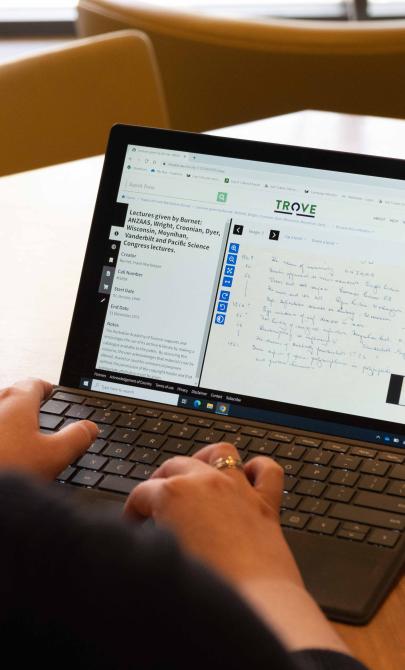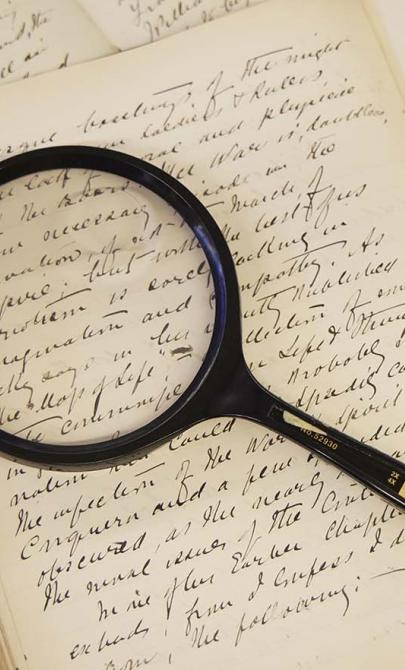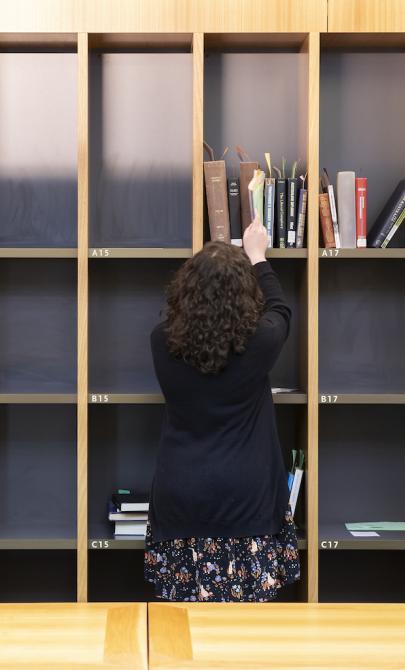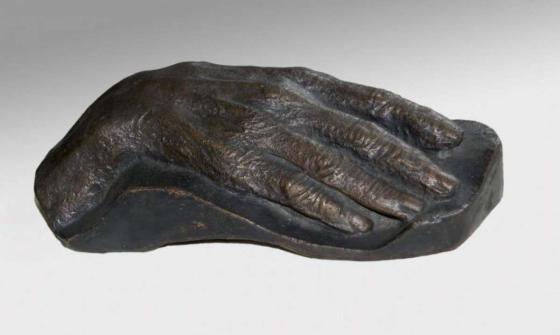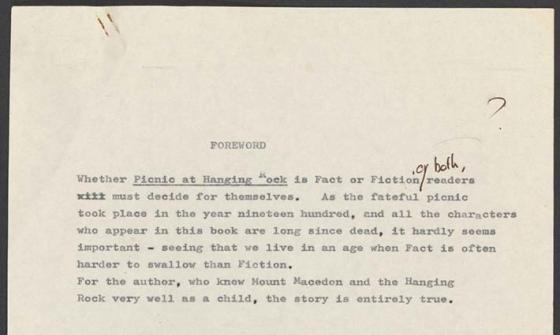De Vesci Collection
Key items in the collection
The De Vesci Collection is a notable example of a country house library assembled over several centuries. It comprises:
- 1,648 books (around 2,900 volumes)
- 54 serial titles (around 390 volumes)
Many duplicate serials were made available to other libraries.
The collection includes 6 incunabula, notably:
- Jacobus, de Voragine, Legenda aurea, Venice, 1478
- Rainerus de Pisis, Pantheologia, Venice, 1486 (incomplete)
- Angelus Carletus, de Clavasio, Summa Angelica de caribus conscientiae, Venice, 1487
- Paulus de Castro [Concilia antiqua et nova], Venice, 1493
- Pope Innocent IV, Apparatus super libros Decretalium, Venice, 1495
- Ubaldi, Angelo degli, Consilia, Pavia, 1498.
The collection is particularly strong in:
- Classical works — including Aristotle, Cicero, Homer, Herodotus, Ovid, Plato, Sophocles, Tacitus and others
- Religion — including editions of the Bible, works by Church Fathers and Catholic writers (such as Thomas Aquinas and Louis Bourdaloue), and Protestant thinkers (such as Calvin, Luther, Tyndale and Ussher)
- Law and jurisprudence — with works by Coke, Godolphin and Grotius
- Philosophy and political thought — including Burke, Locke, Paine, Pascal, Rousseau, Smith, Stewart and Voltaire
- Science and applied sciences — books on mathematics, physics, chemistry, biology, geology and astronomy, by figures such as Newton, Priestley, Buckland, Cuvier, Fourcroy, Liebig and Whewell
- Travel and exploration — including works by Trollope, Young, Montagu, Kotzebue, Coxe and others
- Literature and belles letters — including Addison, Browning, Dickens, Edgeworth, Fielding, Goldsmith, Johnson, Milton, Molière, Swift and others
- Irish history and society — especially 19th century pamphlets and books on government, religion, economy and social conditions.
Most serials are short runs. More substantial holdings include:
- Country life (1898-1918)
- Illustrated London news (1877-1914)
- Journal of natural philosophy, chemistry and the arts (1797-1813)
- Mechanics' magazine (1859-72)
- Mirror of Parliament (1831-41)
- New monthly magazine and literary journal (1836-70)
- Philosophical magazine (1798-1801)
- Saturday review of politics, literature, science and art (1858-66)
About the De Vesci's
Of Norman descent, the De Vescis were a leading Anglo-Irish family.
Early prominence in the church
John Vesey (1638-1716), who was born in Coleraine, County Londonderry, was a prominent figure in the Church of Ireland, becoming Bishop of Limerick in 1673 and Archbishop of Tuam in 1679.
John's son Thomas Vesey (1672-1730) was made a baronet in 1698. Ordained a priest in 1700, he immediately became Archdeacon of Tuam and later Bishop of Killaloe (1711) and Bishop of Ossory (1712).
Political, military and cultural achievements
His grandson, Thomas Vessey (1735-1804) was created Viscount De Vesci of Abbey Leix in the Irish peerage. His sister Elizabeth Vesey (1715-1791) was a notable literary hostess in London and Dublin and a close friend of the writer and patron of the arts Elizabeth Montagu.
In subsequent generations, members of the family served in the Irish House of Commons, the British House of Commons, the House of Lords and the British Army. Yvo Vesey (1881-1958), the 5th Viscount, established the well-known Abbey Leix Carpet Factory in 1906.
Abbey Leix and the library
Abbey Leix, beside the River Nore in Queen's County (renamed Laois in 1922), had been a Cistercian monastery. The Abbey lands were granted to the Earl of Ormonde in 1562 and were acquired by the Vesey family in the early 18th century.
The 1st Viscount commissioned James Wyatt to build a house in the style of Robert Adam. Completed in 1774, it is one of the finest country houses in Ireland.
The 2nd Viscount enlarged the estate, while Thomas Vesey, the 3rd Viscount, and his wife Lady Emma extended the house, adding a 4th storey, dormer windows and a balustraded parapet. Abbey Leix was sold by the 7th Viscount in 1994.
Many of the books in the De Vesci Collection were originally owned by Archbishop Vesey and his son Sir Thomas Vesey and were housed at their home at Hollymount in County Mayo. In the 19th century there was a substantial addition to the library at Abbey Leix, mainly consisting of travel books, scientific works and general English literature.
Background to the collection
The De Vesci Collection was purchased in 1967 from John Vesey, the 6th Viscount De Vesci.
The books and older journals in the De Vesci Collection are kept together as a formed collection in the Rare Books collection. Catalogued individually, the call numbers have the prefixes RB De Vesci, RBq De Vesci, RBf De Vesci and RBef De Vesci. Two bound volumes containing copies of the preliminary processing slips for the books are held at RB De Vesci 1.
The later periodicals have been integrated in the general collection.
The archives of the De Vesci family are held in the National Library of Ireland in Dublin.
- Toby Barnard, Sir Thomas Vesey, Oxford dictionary of national biography, vol. 56, Oxford University Press, Oxford, 2004, pp. 392-3.
- Suzanne Barrett, Irish great houses: golden age of the aristocracy.
- Burke's Peerage & Baronetage, vol. 1, Burke's Peerage & Gentry, London, 2003, pp. 1116-18.
- SJ Connolly, John Vesey, Oxford dictionary of national biography, vol. 56, Oxford University Press, Oxford, 2004, pp. 391-2.
